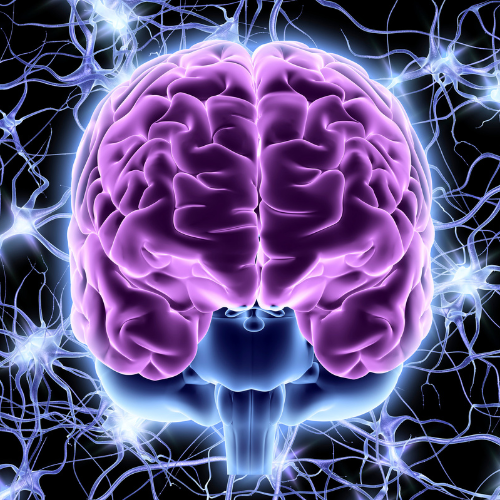“My advice to people today is as follows: if you take the game of life seriously, if you take your nervous system seriously, if you take your sense organs seriously, if you take the energy process seriously, you must turn on, tune in, and drop out.” ~ Timothy Leary
by Joseph Schwartz, Founder of Dynamic Neuromuscular Assessment
In the past few years there has been a lot of talk about the nervous system, different activities that can regulate your nervous system, and the impact on your health and vitality resulting from nervous system dysregulation. As human beings experiencing the ups and downs of life, we often experience nervous system dysregulation throughout our days. The good news is there are many modalities that can help regulate the nervous system, including mindfulness and meditation.
What is nervous system dysregulation? In order to understand the dysregulation of the nervous system, we have to understand the autonomic nervous system and how it works. The autonomic nervous system is just as it sounds, it is an autonomic response to our environment, both internal and external. It is responsible for things like our respiration and heartbeat. Because it is autonomic, it doesn’t require thinking. For example, when we walk up a set of stairs, it is responsible for the upregulation of heartbeat and breath to accommodate the additional exertion necessary to move up the stairs, however, we don’t have to consciously “tell” our bodies to take in more oxygen, the autonomic nervous system handles this. What we can and do perceive is the effect of the autonomic response. In this example, we might notice our breath quickens and perhaps we feel sweat on our skin. Dysregulation refers to a stimulus that has shifted our parasympathetic mode to the sympathetic mode and isn’t allowing us to shift back to the parasympathetic. The two branches of the autonomic nervous system parasympathetic state can be thought of as “rest and digest” and the sympathetic state as “flight or fight.”
The parasympathetic branch is the safe mode. This is the state when we feel safe for recovery and tissue rejuvenation; this is essential for healing. The second branch is sympathetic and is essential to survival. The sympathetic branch is necessary for keeping us safe. The problem of dysregulation of the nervous system is when the sympathetic branch is stimulated and the nervous system doesn’t return back to the parasympathetic mode for whatever reason. When this occurs, the nervous system is responding as if a threat is real and happening at that present moment.
Down regulating our sympathetic nervous system response is the key to transition from survival mode back to the safety mode of parasympathetic regulation. This is when meditation can really help. Over the millennia, meditation and mindfulness practices have helped to regulate our nervous system’s for health, vitality, and longevity.
The value of meditation is in developing the ability to focus the mind with volition, when we want and need to do so. There are many ways to do this. Some people use movement and somatic sensing, others like mantra, music, or focusing on the flame of a candle. At Mind Oasis, we teach and guide using shamatha meditation, commonly referred to as “calm-abiding” meditation.
The common entry point to these meditation practices is the breath. Breath and breathing have a unique and important relationship to the parasympathetic and sympathetic nervous system. This relationship starts with the organ response of our heart. Our heart is a pump and it is wrapped in tissue called the pericardium. The pericardium is the engine of the pump. The thoracic diaphragm, another key muscle in respiration, influences heart rate and nervous system regulation.
When we inhale, the thoracic diaphragm is moving downward. This movement puts stress on the pericardium and increases heart rate. This in turn stimulates the sympathetic nervous system. Conversely, when we exhale, the thoracic diaphragm is moving upward. This creates compression on the pericardium and our heart rate decreases, restoring the perception of safety. In other words, the exhalation down-regulates the sympathetic response of the inhalation and restores parasympathetic repose. When we are given the instruction to take long slow complete breaths, the most benefit comes from placing our attention on the exhalation phase. This is also why the truly mediocre instruction to “take a deep breath” isn’t always the appropriate thing to do!
With time and practice, meditation can help us manage our nervous system so that we may live a healthy and productive life. If you would like to learn how to effectively use meditation to help regulate your nervous system, please join the Mind Oasis Meditation Immersion. Learn more here.
***
At Mind Oasis, we believe in the power of meditation coupled with, well anything. But especially community and intention. Be sure to check out our signature program Community Meditation™ and see how your practice takes off when it gets consistent. We’re talking way more than feeling more calm and capable of dealing with life as it happens, we are talking about feeling the positive effects of your time on your cushion in every aspect of your life. Learn more here.
Interested in going deeper? Consider joining our annual Meditation Immersion.


This is a very good explanation for non medical people. More to the point, i believe it is totally correct because I have noted my own experiences of this very issue. Phil Riley